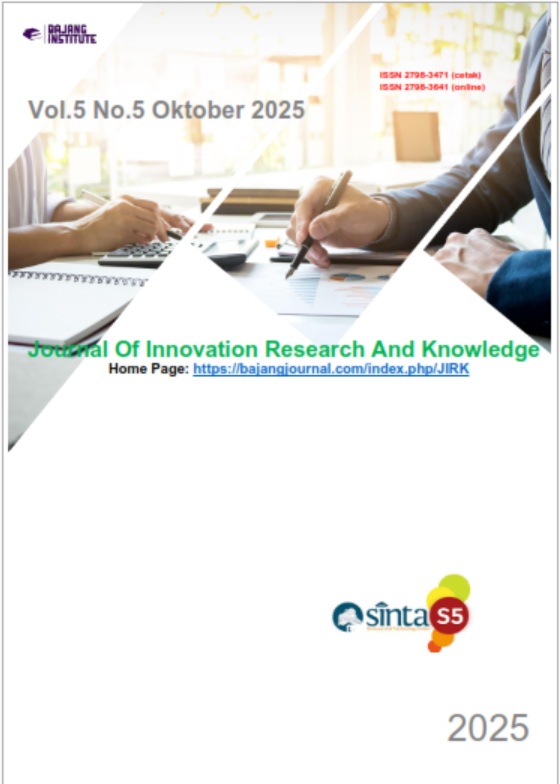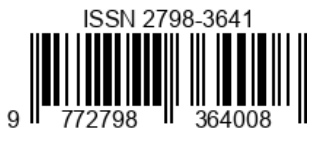BAHASA CINTA DALAM DUA BAHASA: PILIHAN BAHASA DALAM PERCAKAPAN KELUARGA MUDA DI PERKOTAAN BALI
Keywords:
Language Choice, Sociolinguistics, Young Families, Diglossia, Balinese Language,, ParentsAbstract
This study examines the language choices made by young parents in urban Bali in family conversations. Against Bali's unique sociolinguistic backdrop where Balinese with its speech level system (sor-singgih basa) interacts with Indonesian as the national language and English as a global language, this research aims to identify dominant language choice patterns and analyze the determining factors behind these choices. Using a qualitative approach with in-depth interviews and observations of ten young families in Denpasar, and drawing on Fishman's (1965) Domain of Language Use theory and Giles & Smith's (1979) Accommodation Theory, this study reveals three main patterns: domain-based patterns, one-person-one-language (OPOL) patterns, and dynamic code-mixing patterns. The findings indicate that language choice is not merely a pragmatic action but also a complex identity negotiation, driven by motivations to preserve cultural heritage, ensure children's social mobility, and manage impressions within extended families. This study concludes that young Balinese families serve as both agents of change and preservation in contemporary Balinese language ecology
References
Arka, I. W. (2013). Language management and minority language maintenance in (eastern) Indonesia: Strategic issues. Language Documentation & Conservation, 7, 74-105.
Artawa, K. (2017). Pemertahanan bahasa Bali di era globalisasi. Jurnal Kajian Bali, 7(2), 1-18.
Astuti, D. P. (2021). The Role of Digital Media in Family Language Policy of Javanese Multilingual Families. Indonesian Journal of Applied Linguistics, 11(1), 230-240.
Braun, V., & Clarke, V. (2006). Using thematic analysis in psychology. Qualitative Research in Psychology, 3(2), 77-101.
Cole, D., & Hobbis, G. (2020). Digital media, Balinese language maintenance and new media literacy. Indonesia and the Malay World, 48(142), 295-315.
Dwiraharja, S., & Purnawati, K. (2021). Language shift and family language policy among Balinese transmigrant families. Linguistica Indonesiana, 39(2), 89-104.
Fishman, J. A. (1965). Who speaks what language to whom and when? La Linguistique, 1(2), 67-88.
Giles, H., & Smith, P. M. (1979). Accommodation theory: Optimal levels of convergence. In H. Giles & R. N. St. Clair (Eds.), Language and social psychology (pp. 45-65). Oxford: Blackwell.
Kirkpatrick, A., & Liddicoat, A. J. (2017). Language education policy and practice in East and Southeast Asia. Language Teaching, 50(2), 155-188.
Pastika, I. W. (2018). Language attitudes of Balinese speakers towards Balinese, Indonesian and English. Journal of Language Teaching and Research, 9(3), 477-485.
Spolsky, B. (2009). Language management. Cambridge University Press.
Sukarma, I. W. (2019). Sikap bahasa generasi muda Bali terhadap bahasa Bali. Jurnal Ilmiah Linguistik dan Sastra, 5(1), 45-58.















